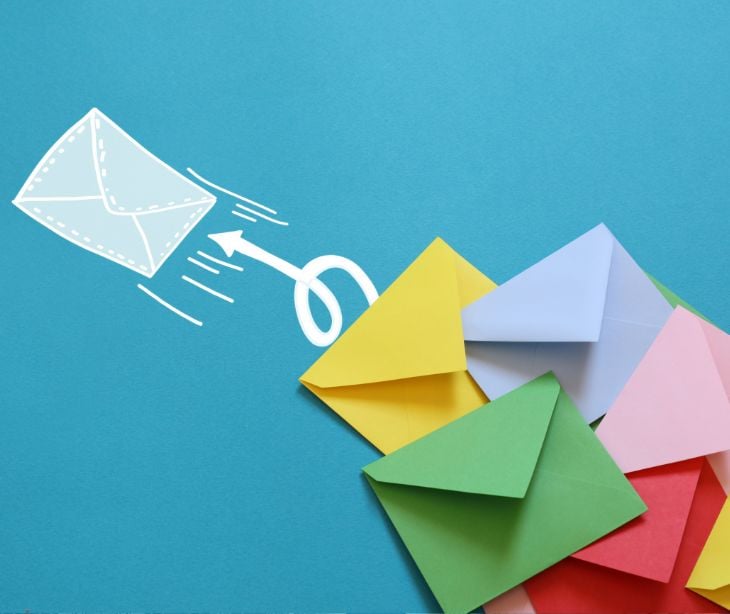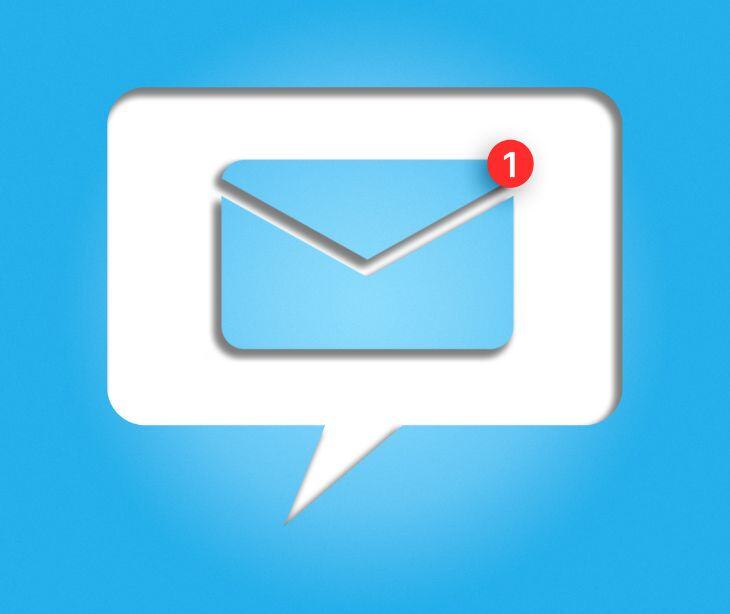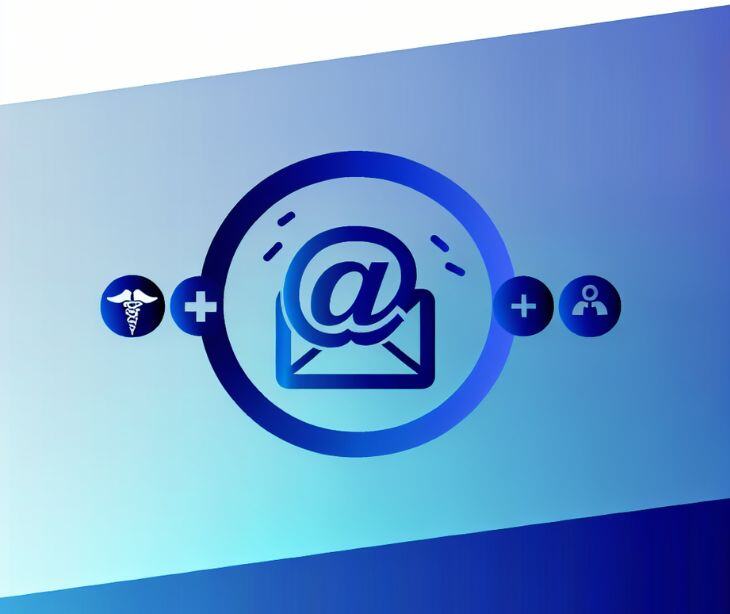
Cultural competence in healthcare
Digital Health states, "Tailoring health communication has proven to be an effective and cost-effective method for promoting health behavior change."
Unlike brochures or websites, “tailored communications provide individuals with information that is relevant for them and that fits with their particular situation."
This personalized approach increases the perceived relevance of the information. This could "increase user engagement, more in-depth processing of information, greater recall, and consequently greater intentions to engage in the desired health behavior change."
Culturally tailored emails
Tailoring email messages to align with patients' cultural values and communication styles enhances its relevance. It also demonstrates respect for patients’ individuality.
Providers can adapt language, imagery, or the timing of communications to align with cultural norms. This can help ensure that diverse populations understand messages effectively.
For example, healthcare providers can give patients the option to receive HIPAA compliant emails in either English or Spanish. They could also email patients who might be celebrating cultural holidays, such as Diwali or Eid. The provider could even express well wishes and include an option for patients to reschedule appointments around these festivities.
Additionally, providers could use imagery in their emails that reflect the diversity of their patients. This shows cultural competence and sensitivity that can enhance the patient-provider relationship.
Breaking barriers using culturally tailored emails
Culturally tailored emails serve as a bridge, breaking down barriers that may exist between healthcare providers and patients from diverse backgrounds. This proactive approach helps to overcome language barriers, cultural misunderstandings, and communication gaps that can hinder effective healthcare delivery.
Strategies for culturally sensitive email communication
Understand the audience
Start by gathering information about the cultural backgrounds of your patient population. This will guide the personalized email content to better match your patients' preferences and expectations. Providers can include information on the importance of preventive screenings and address specific cultural beliefs or concerns related to health. For example, they may incorporate testimonials from community members or healthcare providers who understand the cultural nuances.
Language and tone
Not all patients are comfortable with or fully understand medical jargon or the default language (often English) used in healthcare communication. Offering translation services or simplifying the language can make a big difference.
Professor Mary Catherine Beach at Johns Hopkins School of Medicine, who studies patient-provider communications, suggests: “explaining things in a way that the average person can understand.”
The tone should also respect cultural nuances that might determine formality levels or the use of titles. Providers can use this to help patients feel heard and understood.
Visuals and formatting
Provider should choose visual elements with cultural sensitivity in mind. They should avoid images or symbols that might be misinterpreted or offensive. Formatting should also consider norms and preferences, like using colors or numbers that might have cultural significance.
Additionally, the content must be clear and accessible to all audiences, including those with visual impairments. Consistency in formatting throughout the content can also help maintain a professional and cohesive look.
Cultural beliefs and practices
Healthcare providers can incorporate awareness of cultural health beliefs, practices, and holidays into their communication strategy. This could mean avoiding scheduling appointments or sending emails on cultural or religious holidays.
Patient feedback and adaptation
Providers should actively seek feedback from their patients, to make the necessary adjustments to their emails. This ongoing adaptation can help improve patient satisfaction and overall communication outcomes.
FAQs
Can culturally tailored emails be HIPAA compliant?
Yes, culturally tailored emails can be HIPAA compliant. Paubox's email solution offers HIPAA compliant encryption. It safeguards protected health information (PHI) during transmission and at rest, ensuring that emails remain secure, even when containing culturally sensitive content.
How can healthcare providers ensure that emails respect patients' cultural beliefs and practices?
Healthcare providers can conduct cultural sensitivity training for staff. This training helps staff understand and appreciate diverse cultural perspectives, leading to more respectful and inclusive communication.
Can Paubox accommodate multiple languages for email communication?
Yes, Paubox supports communication in multiple languages, catering to diverse patient populations. Healthcare providers can send emails in patients' preferred languages, ensuring effective communication and understanding across cultural barriers.
Subscribe to Paubox Weekly
Every Friday we'll bring you the most important news from Paubox. Our aim is to make you smarter, faster.




